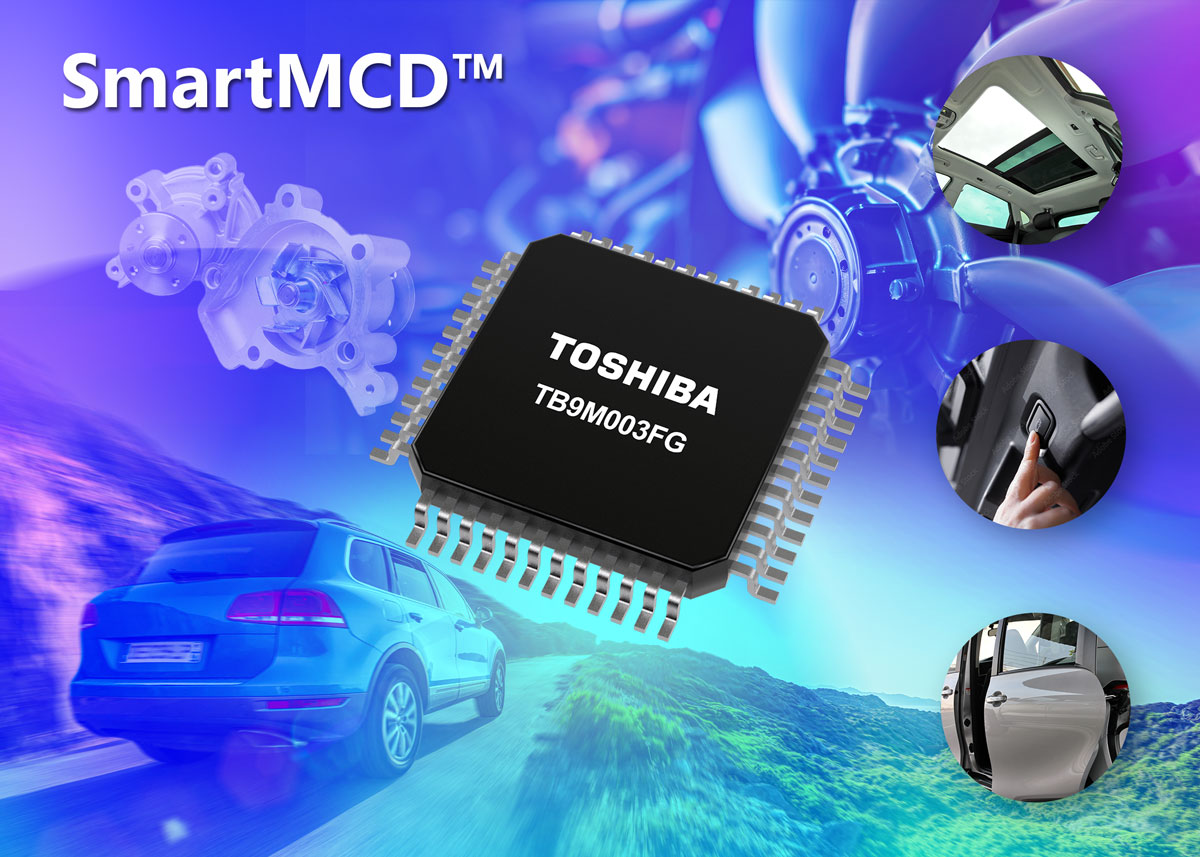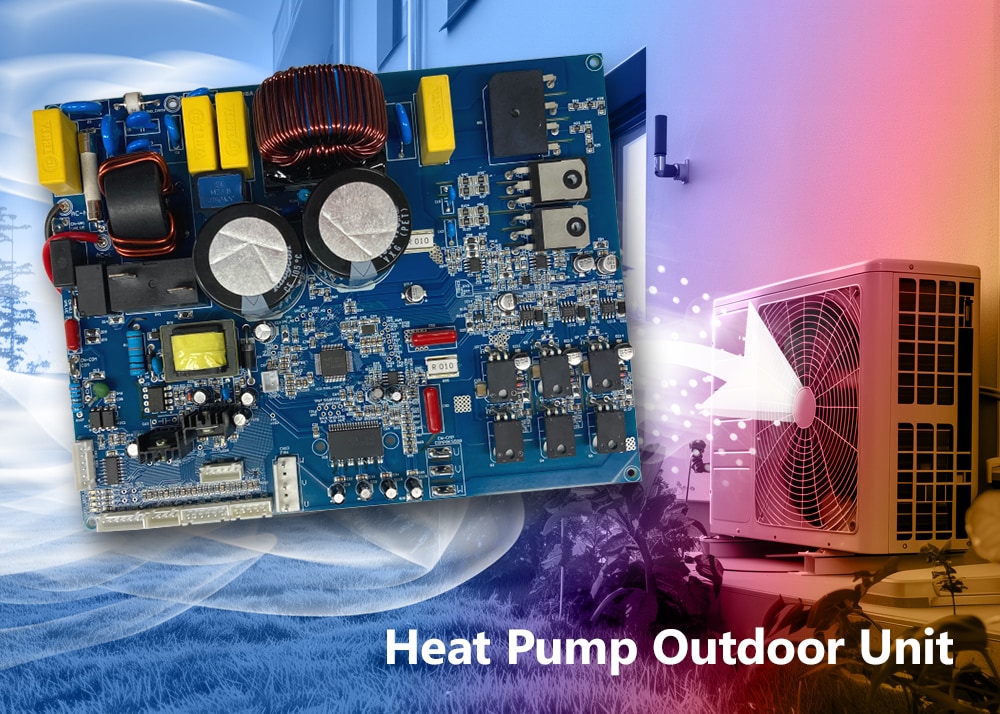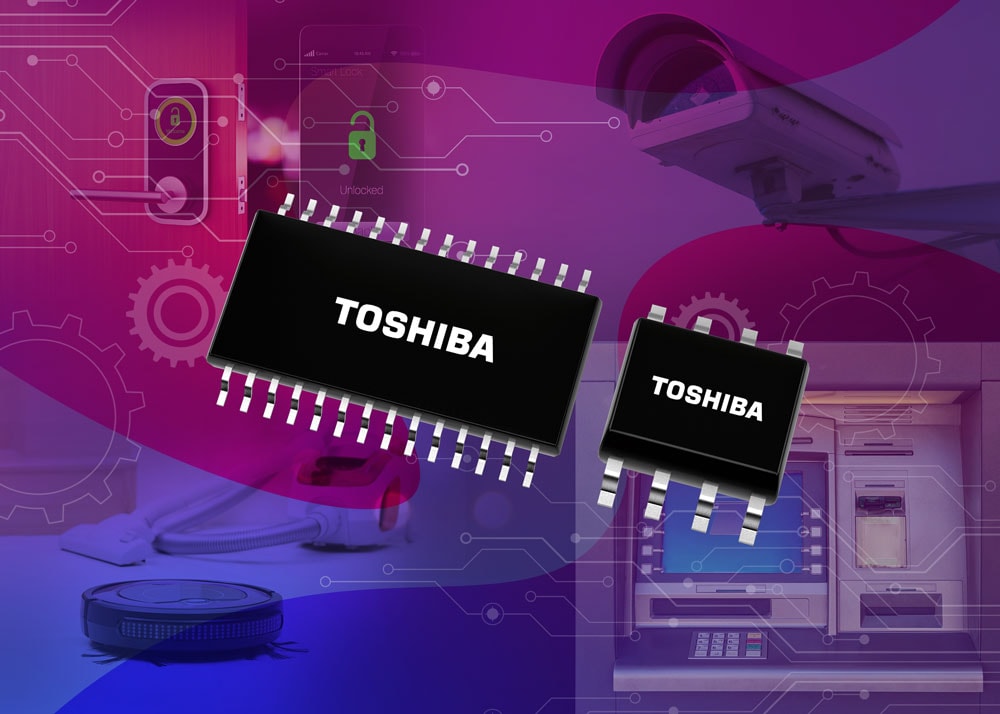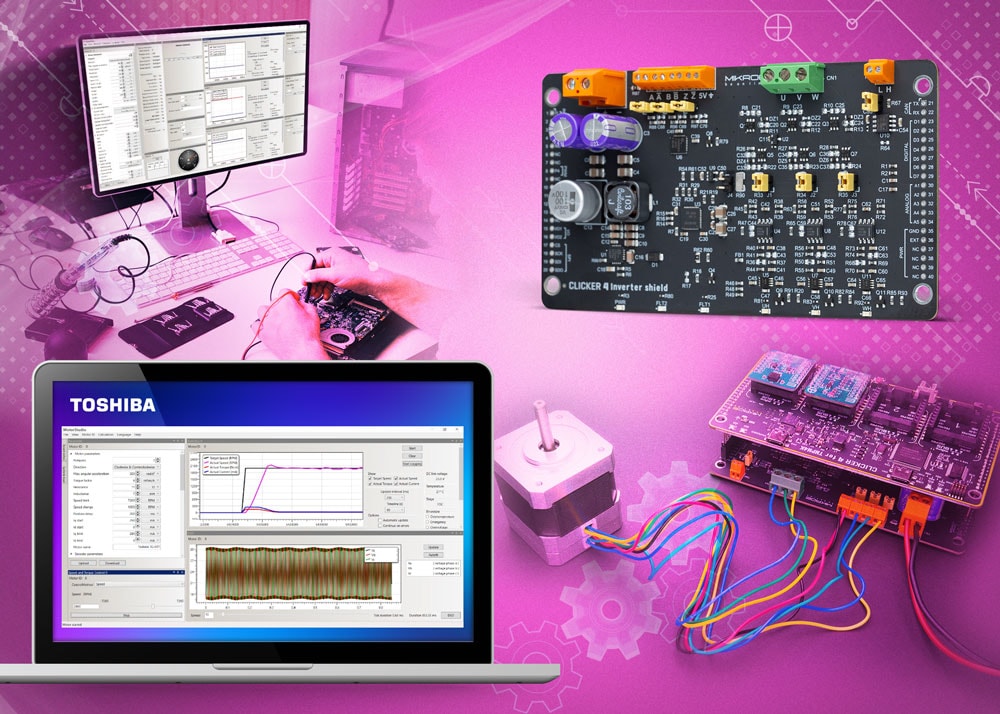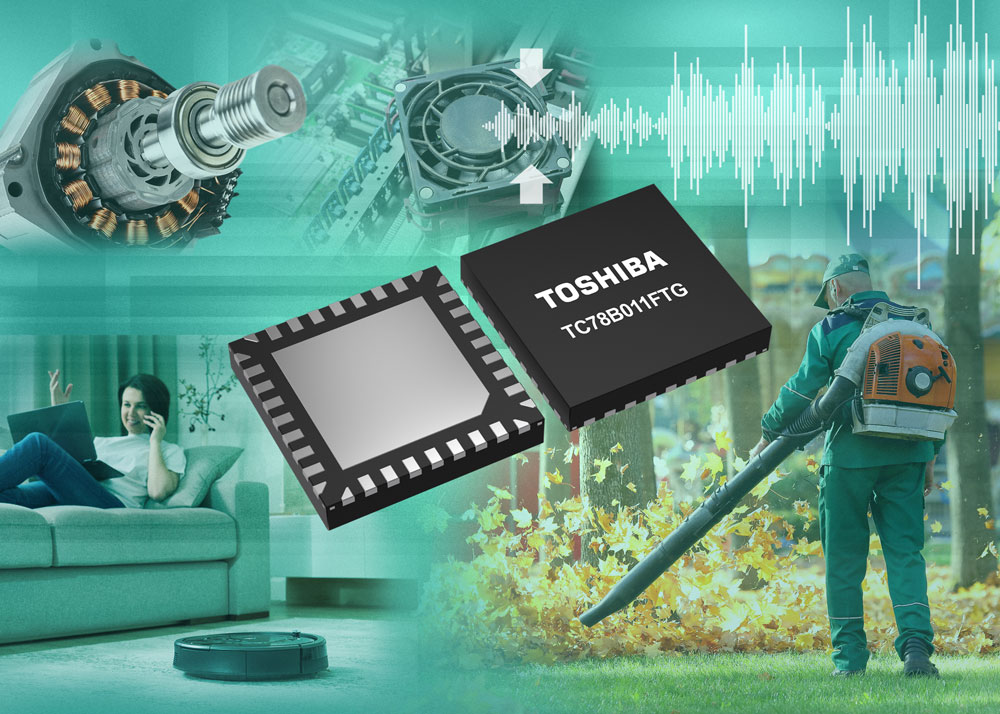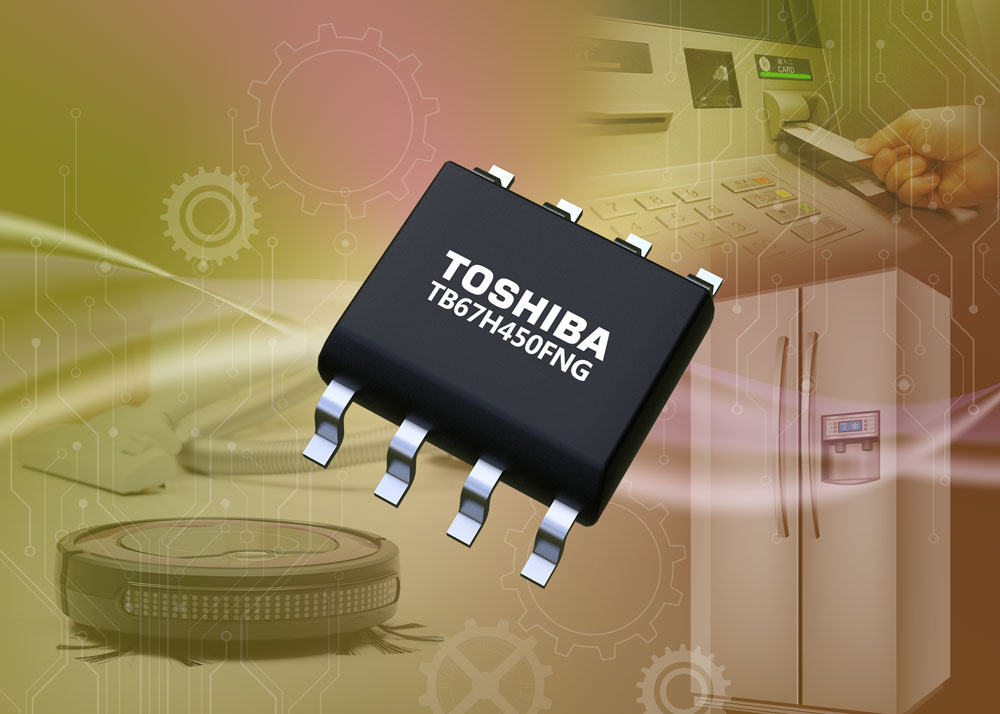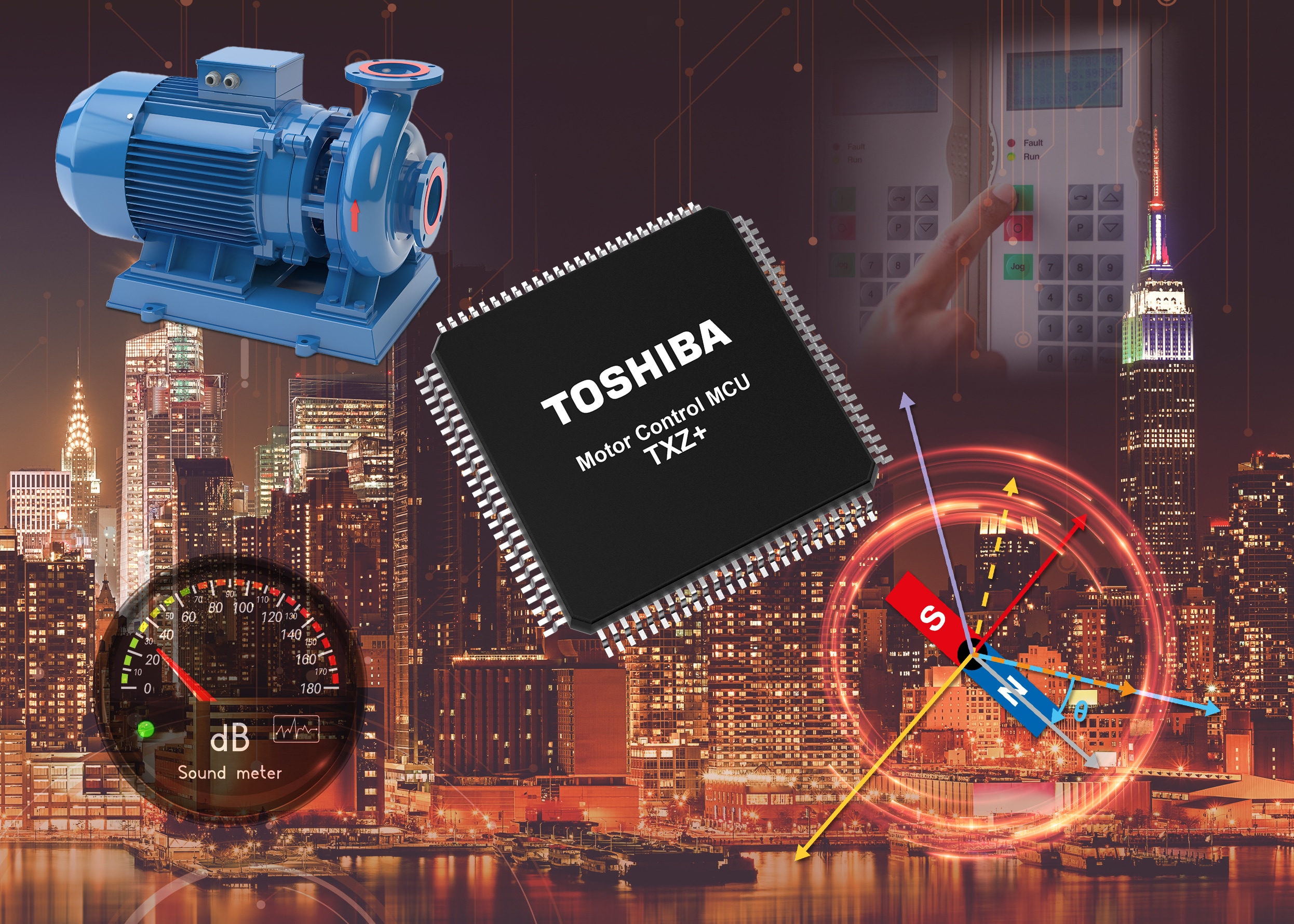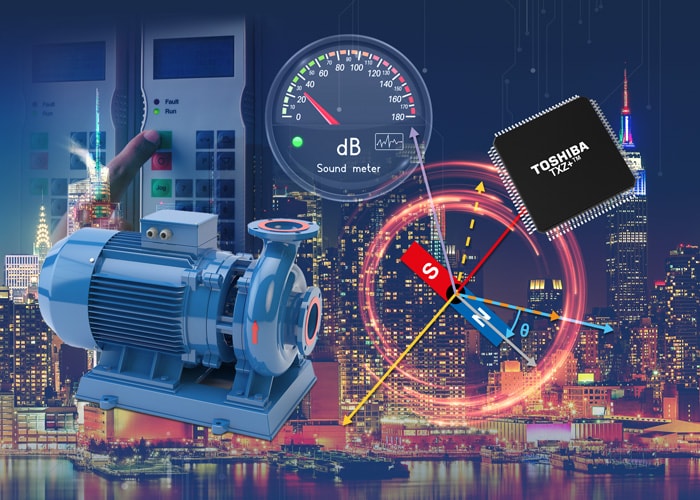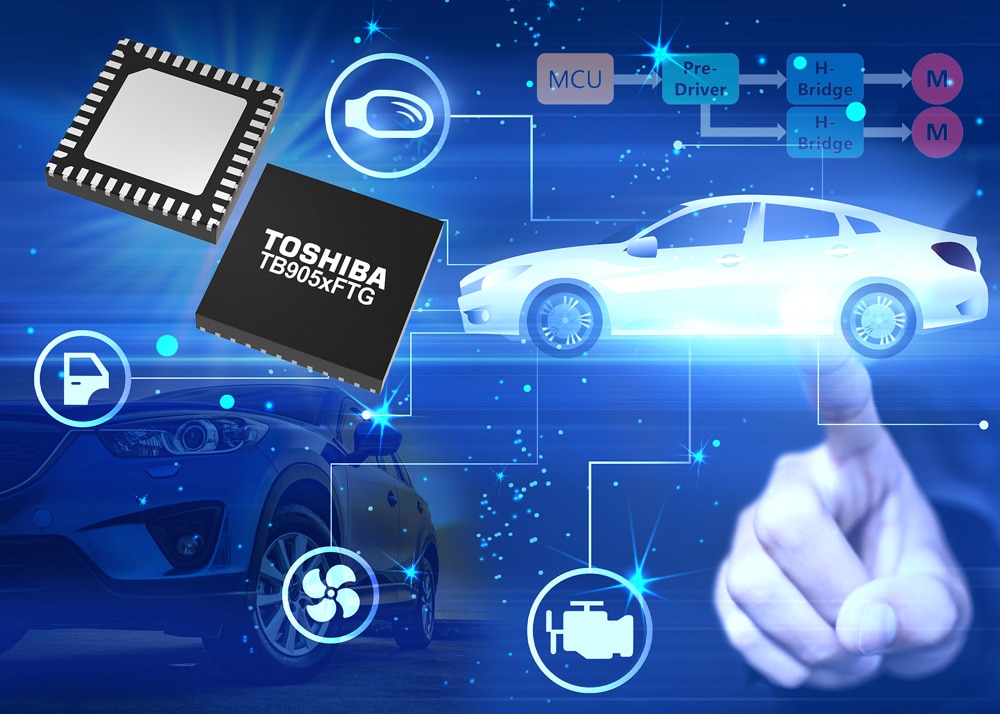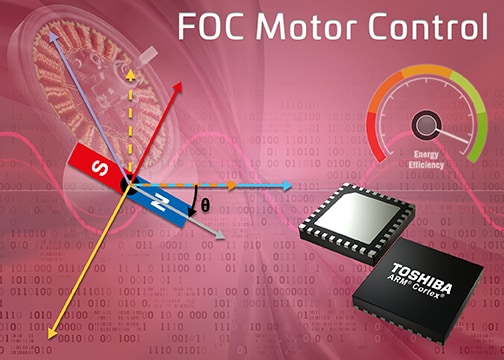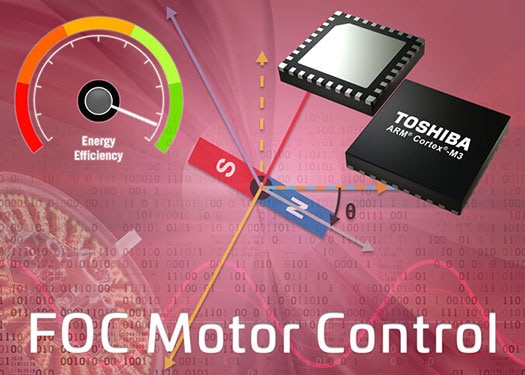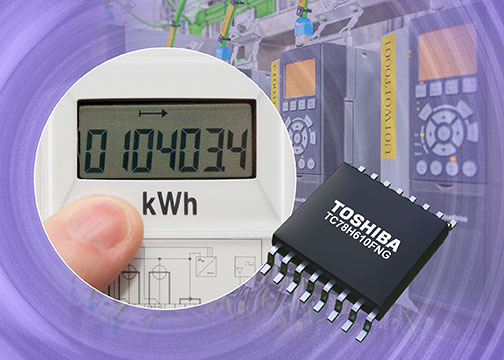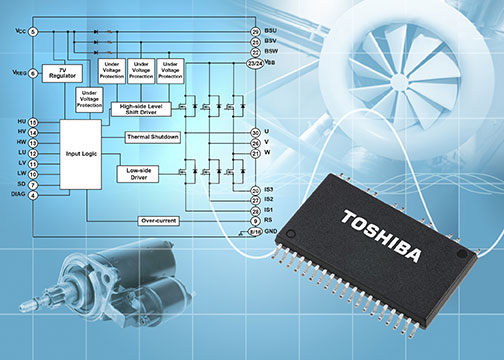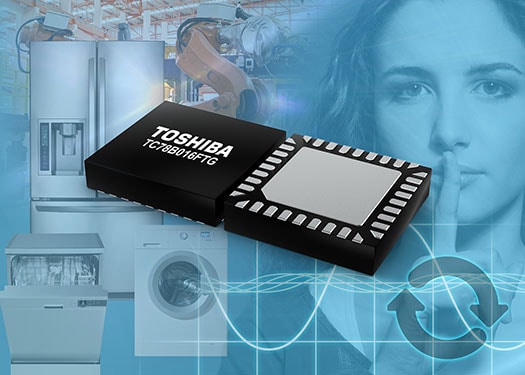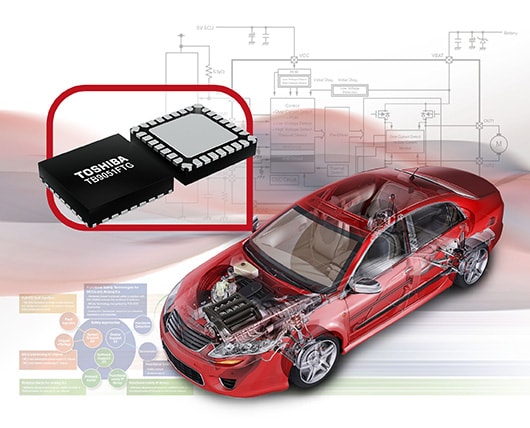- General Top
- SEMICONDUCTOR
- STORAGE
- COMPANY
-
My ToshibaSemicon
- Semiconductor Top
-
ApplicationsAutomotive
Body Electronics
xEV
In-Vehicle Infotainment
Advanced Driver-Assistance Systems (ADAS)
Chassis
IndustrialInfrastructure
BEMS/HEMS
Factory Automation
Commercial Equipment
Consumer/PersonalIoT Equipment
Healthcare
Wearable Device
Mobile
Computer Peripherals
-
ProductsAutomotive Devices
Discrete Semiconductor
Diodes
Transistors
Logic ICs
Analog Devices
Digital Devices
Wireless Devices
※
: Products list (parametric search)
Power SemiconductorsSiC Power Devices
※
: Products list (parametric search)
Isolators/Solid State RelaysPhotocouplers
Digital Isolators
Solid State Relays
Fiber Optic Transmitting Modules
※
: Products list (parametric search)
MOSFETsIGBTs/IEGTsBipolar Transistors※
: Products list (parametric search)
Diodes※
: Products list (parametric search)
MicrocontrollersMotor Driver ICsIntelligent Power ICs※
: Products list (parametric search)
Power Management ICsLinear ICs※
: Products list (parametric search)
General Purpose Logic ICsLinear Image SensorsOther Product ICsOther Product ICs
※
: Products list (parametric search)
-
Design & Development
Design & Development
Innovation Centre
At the Toshiba Innovation Centre we constantly strive to inspire you with our technologies and solutions. Discover how to place us at the heart of your innovations.
-
Knowledge
Knowledge
Highlighted Topics
Further Materials
Other
- Where To Buy
- Part Number & Keyword Search
- Cross Reference Search
- Parametric Search
- Stock Check & Purchase
This webpage doesn't work with Internet Explorer. Please use the latest version of Google Chrome, Microsoft Edge, Mozilla Firefox or Safari.
require 3 characters or more. Search for multiple part numbers fromhere.
The information presented in this cross reference is based on TOSHIBA's selection criteria and should be treated as a suggestion only. Please carefully review the latest versions of all relevant information on the TOSHIBA products, including without limitation data sheets and validate all operating parameters of the TOSHIBA products to ensure that the suggested TOSHIBA products are truly compatible with your design and application.Please note that this cross reference is based on TOSHIBA's estimate of compatibility with other manufacturers' products, based on other manufacturers' published data, at the time the data was collected.TOSHIBA is not responsible for any incorrect or incomplete information. Information is subject to change at any time without notice.
require 3 characters or more.
Toshiba’s H-Bridge Legacy Continues
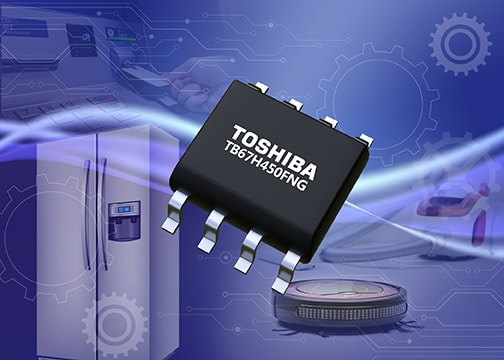
The H-bridge is a fundamental part of electronics engineering, allowing electric motors to be driven in either direction as required, using a pulse width modulated (PWM) signal to set the speed. In simple terms a H-bridge will comprise of 4 MOSFETs which are responsible for switching. Activating a pair of diagonally-opposed MOSFET switches will allow the motor to be driven in one direction, while activating the complementary pair of MOSFETs will drive it in the other direction.
When Toshiba launched the TA7291, back in the early 1980s, it really represented a game-changer for the electronic engineering fraternity. This basically integrated an entire H-bridge into a one conveniently packaged unit - with 4 bipolar transistors for the power switching, accompanied by freewheeling diodes to safeguard them. Integrating all this together was very innovative at the time.
This single-chip solution was capable of providing the bi-directional motor control required, plus an effective braking mechanism. It meant that a motor driving system could be implemented within a fraction of the time that it would have previously taken. When not active the TA7291 supported low-power operation, thereby keeping energy consumption to a minimum. An array of protection functions were included - such as a thermal shutdown, over-current detection, etc. In the decades that followed, this device was to become incredibly prevalent, selling several hundred million units in total. One of its key initial uses was in video cassette recorders (VCRs), but over the years it saw uptake in a wide variety of other applications.
With the introduction of the TB67H450FNG PWM chopper type driver IC, Toshiba has once again underlined its ongoing commitment to supporting motor control innovation, and shown that there is still a lot of value in H-bridge implementations. Constructed using Toshiba’s advanced BiCD silicon process (in which bipolar, CMOS and DMOS technologies are all combined), this device exhibits strong performance characteristics. To maximise design flexibility it is housed in a compact package format, but despite this it can deliver considerable torque. To further reduce board space utilisation and eliminate the need for additional peripheral components, the pre-driver function has been directly integrated onto the chip.
The TB67H450FNG has a maximum output voltage of 50V and can provide driver currents of up to 3.5A. This device is suited to driving a single brushed DC motor, or can be used to drive a stepper motor through the combination of two units. Much like the TA7291 before it, thermal shutdown and over-current detection functions help in maintaining an ongoing operation and mitigate the risk of potential damage being done to this device. Other valuable features include under-voltage lock-out. There are an extensive range of tasks for which the TB67H450FNG can be employed. These include receipt printers, household appliances, climate control systems and electronic door access systems.
To uncover more about Toshiba’s long and eventful H-bridge legacy, download the following white paper. It can be downloaded below:


